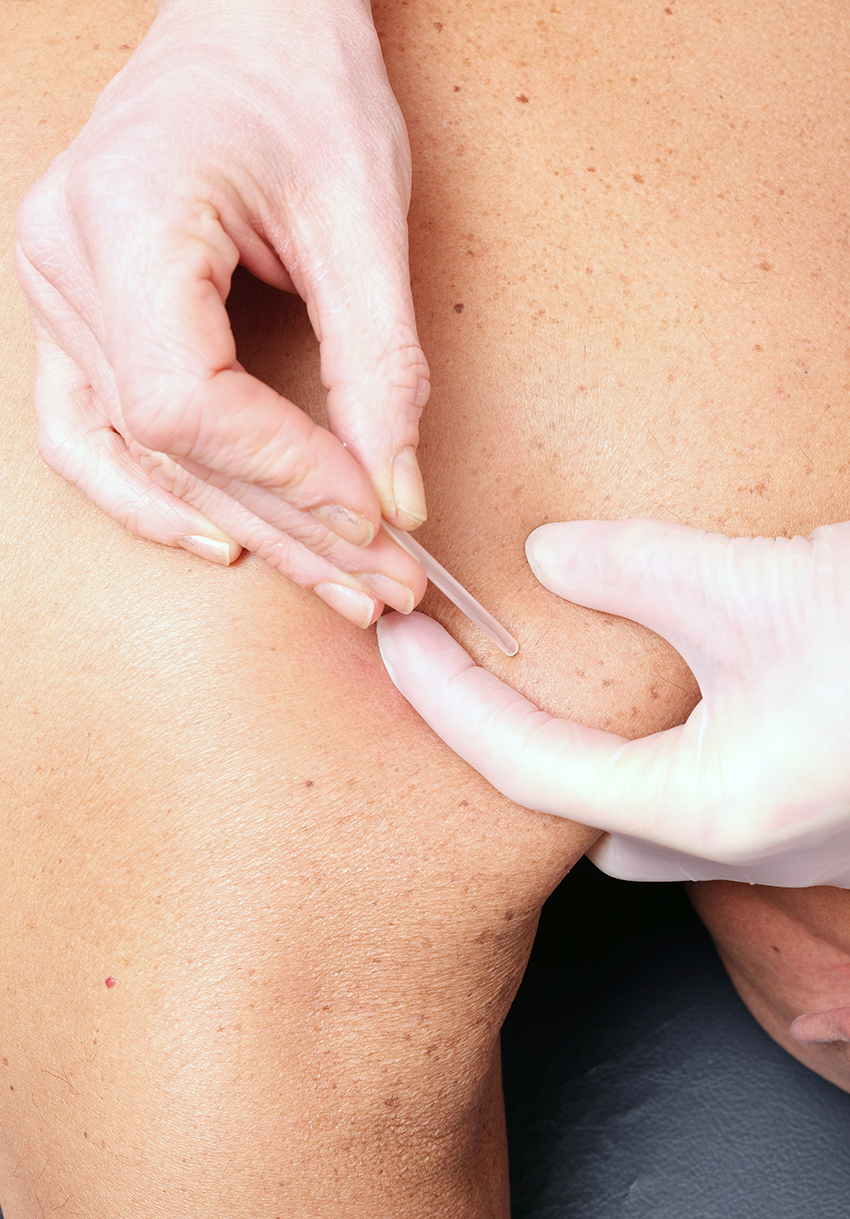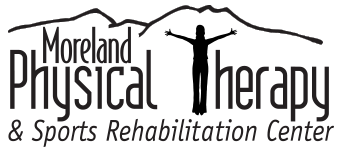Dry Needling
Dry Needling is a treatment for muscular tightness and spasms which is commonly seen following an injuries, both acute and overuse injuries. Muscular tightness and spasms lead to muscle imbalances and weakness/inhibition which can drive many common complaints such as arthritis, back and neck pain, muscle/tendon/ligament strains, and myofascial pain. Dry needling helps to reset muscle fibers and in so doing improve blood flow to the area, improve healing of tissue, decrease stress on nerves, and restore proper mobility. By decreasing the stress on the tissue surrounding the tight muscle you can reduce pain.
Dry needling uses small, thin needles that are inserted into the muscle where a trigger point is located. Trigger points are hyperirritable spots found in the tight muscles. Trigger points often refer pain to other parts of the body so your trigger point may not be located in the same place as your symptoms. The muscles react by doing a quick contract and relax which improves muscle flexibility and blood flow to the area. This will help with the healing process.
The ultimate goal of dry needling is to return your muscles to normal function. This in combination with postural retraining, corrective exercises and improved awareness help to break the cycle of pain and dysfunction in your body to reduce the likelihood of the pain to return.
It is important to understand that dry needling does not use medication and is not acupuncture. The biggest difference between dry needling and acupuncture is the basis for treatment. Dry needling is based on Western medical research and principles while acupuncture is based on Traditional Chinese Medicine.
What To Expect with Dry Needling
There may be some discomfort that includes a feeling of aching or cramping if a twitch response is illicited in the trigger point. You may or may not feel the insertion of the needle
After a session we expect to see an immediate change either in pain levels, range of motion, or improved muscular function. However, you may experience some fatigue or muscle soreness that can last for 1-2 days. There is also occasional bruising associated with the treatment.

